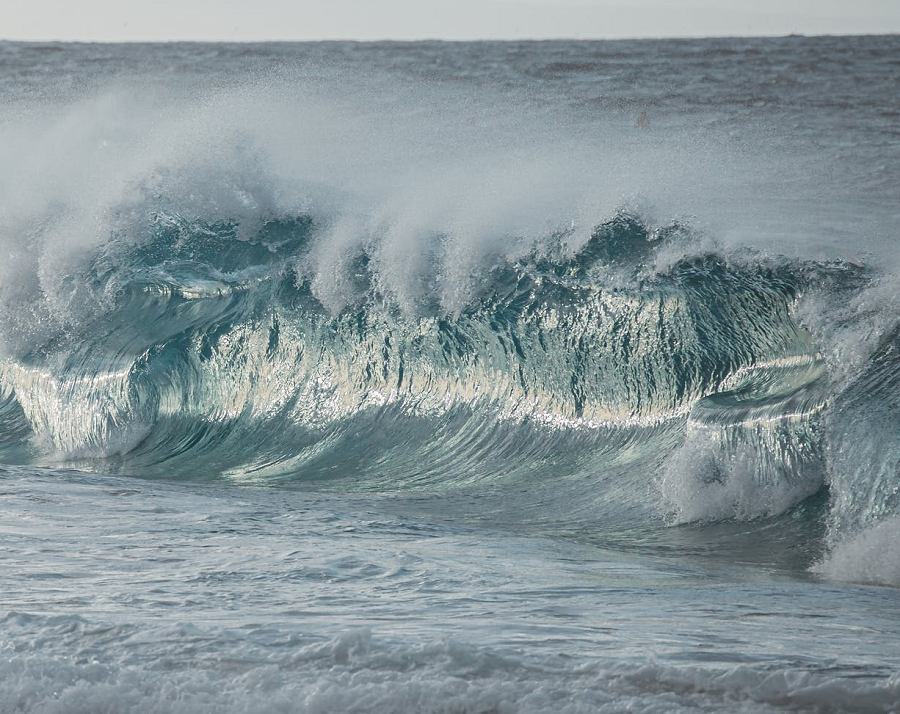
According to the National Weather Service’s Pacific Tsunami Warning Center, a strong earthquake struck the Pacific Ocean near Papua New Guinea; a 3-9′ tsunami is possible for areas near the epicenter. However, for U.S. interests around the Pacific, including Hawaii, Alaska, California, Oregon, and Washington, there is no threat of tsunami there.
USGS reports that at 4:04 pm Easter Time, a magnitude 6.9 earthquake struck 194 km east-southeast of Kimbe, Papua New Guinea from a depth of 10 km.
Beyond 3-9′ tsunami waves along some coasts of Papua New Guinea, the Pacific Tsunami Warning Center says tsunami waves of up to 0.3 meters above tide level are also possible along the coasts of the Solomon Islands.
“Actual amplitudes at the coast may vary from forecast amplitudes due to uncertainties in the forecast and local features,” writes the Pacific Tsunami Warning Center in their latest bulletin. They add, “In particular, maximum tsunami amplitudes on atolls and at locations with fringing or barrier reefs will likely be much smaller than the forecast indicates.”
While tsunami is possible in the southwest Pacific, there is no threat to U.S. interests in the central and eastern Pacific. “There is no tsunami danger for the U.S. West Coast, British Columbia, or Alaska,” said the Pacific Tsunami Warning Center in one bulletin. In a Hawaii-specific notice, they also said there was no risk to the Aloha State. This risk assessment was based on earthquake information and historic tsunami records.
Tsunamis are giant waves caused by earthquakes or volcanic eruptions under the sea. Out in the depths of the ocean, tsunami waves do not dramatically increase in height. But as the waves travel towards land, they build up to higher and higher heights as the depth of the ocean decreases. The speed of tsunami waves depends on ocean depth rather than the distance from the source of the wave. Tsunami waves may travel as fast as jet planes over deep waters, only slowing down when reaching shallow waters. While tsunamis are often referred to as tidal waves, this name is discouraged by oceanographers because tides have little to do with these giant waves.
A tsunami is a series of waves. The time between wave crests can vary from 5 minutes to an hour. The hazard may persist for many hours or longer after the initial wave. Impacts can vary significantly from one section of coast to the next due to local bathymetry and the shape and elevation of the shoreline. Impacts can also vary depending upon the state of the tide at the time of the maximum tsunami waves.